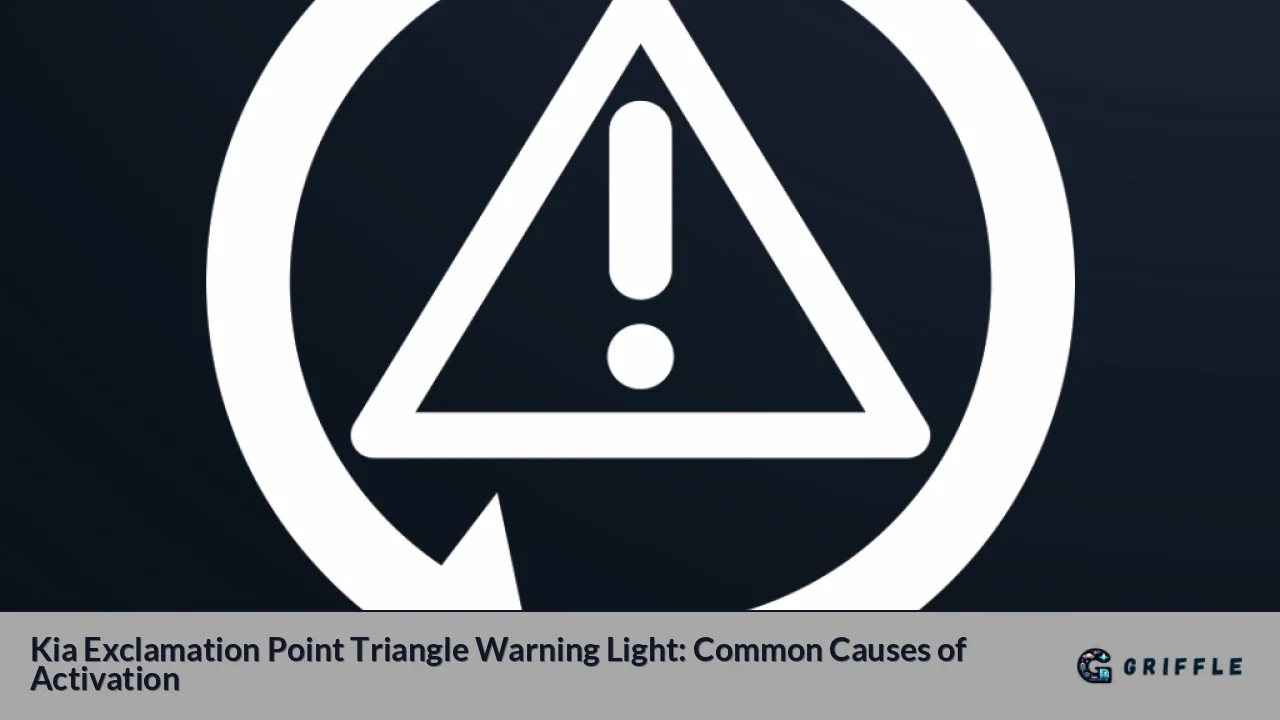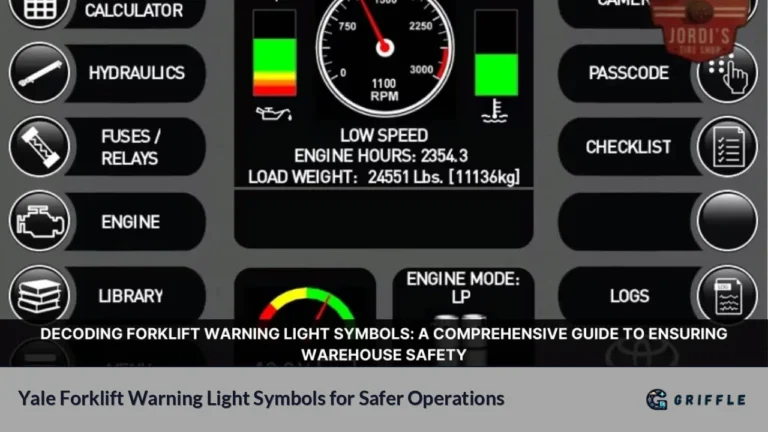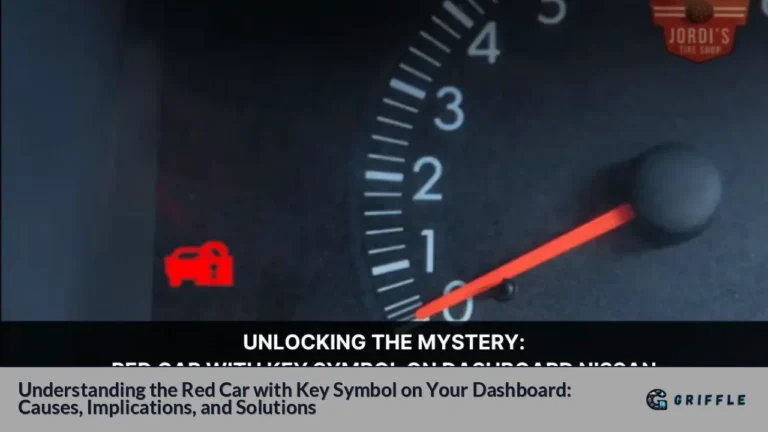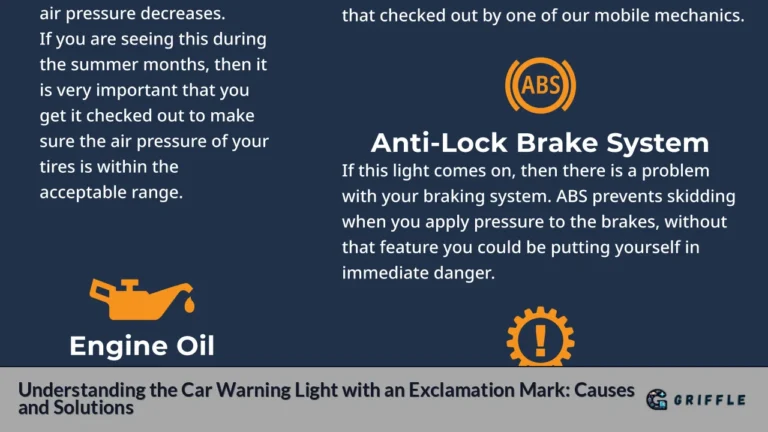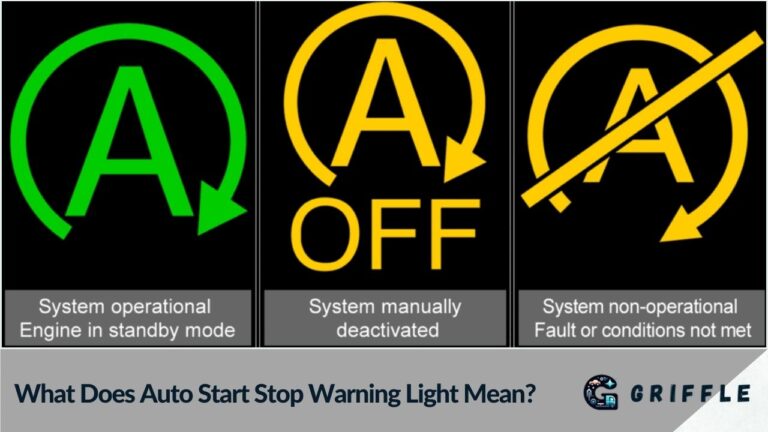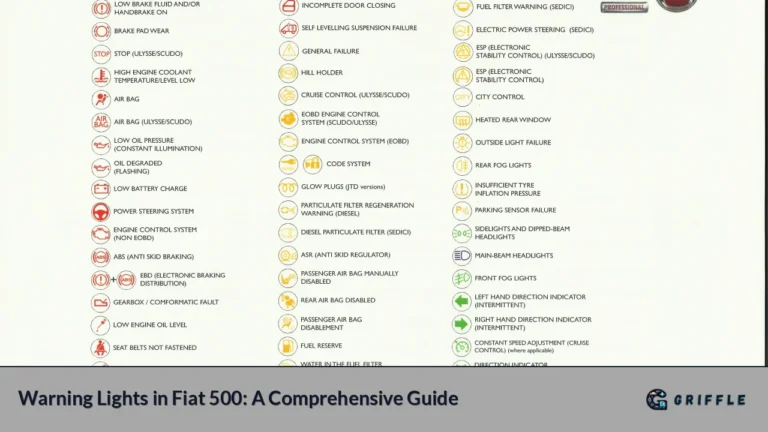The warning lights on a vehicle's dashboard are crucial indicators of its operational health. Among these, the Kia triangle warning light with an exclamation point is particularly significant, as it alerts drivers to potential issues that could affect the safety and performance of their vehicle. This article delves into the meaning of this warning light, common causes, preventive measures, and solutions to address the underlying problems.
The Kia triangle with an exclamation point warning light serves as a critical alert for drivers. When illuminated, it signals that one or more systems in the vehicle require immediate attention. Ignoring this warning can lead to severe consequences, including safety hazards and costly repairs. Understanding what this light signifies is essential for every Kia owner.
What Does the Warning Light Mean?
The Kia triangle warning light with an exclamation point indicates a malfunction in one or more critical systems of your vehicle. It is often associated with:
- Master Warning Light: This light illuminates when multiple systems experience issues simultaneously. It can indicate problems such as low washer fluid, tire pressure monitoring system (TPMS) alerts, or even an open fuel cap.
- Critical System Alerts: The warning may also relate to engine performance issues, transmission problems, or electrical system malfunctions. Each of these components plays a vital role in the overall functionality and safety of your vehicle.
Common Causes of Activation
Understanding the potential reasons behind the activation of this warning light can help in diagnosing issues early. Here are some common causes:
- Low Fluid Levels: Insufficient levels of essential fluids like brake fluid or engine oil can trigger the warning light.
- Tire Pressure Issues: The TPMS may detect that one or more tires are under-inflated, necessitating immediate attention.
- Electrical Malfunctions: Problems within the vehicle's electrical systems can also cause this alert to activate.
- Brake System Failures: Issues within the braking system, such as low brake fluid or malfunctioning sensors, can illuminate this warning.
- Engine Problems: Any significant engine malfunction, including emissions control failures or overheating, can prompt this alert.
Immediate Actions to Take
When you see the Kia triangle with an exclamation point illuminated on your dashboard, it's crucial to act promptly. Here’s what you should do:
- Stay Calm and Maintain Control: If you notice the light while driving, keep your composure and maintain control of your vehicle.
- Slow Down Safely: Gradually reduce speed without making sudden movements that could compromise control.
- Pull Over Safely: Once you have slowed down, find a safe location to pull over and turn on your hazard lights.
- Assess the Situation: Check for any obvious signs of trouble—listen for unusual sounds or look for smoke or leaks.
- Consult a Professional: If the warning light remains illuminated after stopping, contact a certified Kia service center for diagnostics and repairs.
Preventive Measures
Preventing the activation of the triangle warning light involves regular maintenance and vigilance. Here are some recommended practices:
- Routine Maintenance Checks: Adhere to a regular maintenance schedule that includes oil changes, fluid level checks, and brake inspections.
- Monitor Tire Pressure: Regularly check tire pressure and ensure they are inflated according to manufacturer specifications.
- Stay Informed About Your Vehicle: Familiarize yourself with all dashboard symbols and their meanings. Understanding these indicators can help you respond appropriately when issues arise.
- Address Minor Issues Promptly: Don’t ignore minor warnings; addressing small problems early can prevent them from escalating into more significant issues that trigger warning lights.
Conclusion
The Kia triangle with an exclamation point warning light is not merely a nuisance; it is a vital indicator that demands immediate attention. By understanding its implications and acting swiftly when it illuminates, drivers can ensure their vehicles remain safe and reliable on the road. Regular maintenance and awareness are key components in preventing this alert from appearing in the first place.
Maintaining vigilance over your vehicle's health will not only prolong its lifespan but also enhance safety for you and others on the road.
FAQs
- What does the Kia triangle with exclamation point warning light indicate?
It signifies a potential issue with critical systems in your vehicle that requires immediate attention. - What are common causes for this warning light?
Common causes include low fluid levels, tire pressure issues, electrical malfunctions, brake system failures, and engine problems. - What should I do if I see this warning light?
Slow down safely, pull over to a secure location, assess for visible issues, and consult a professional if necessary. - Can I continue driving with this warning light on?
It’s not advisable; while you may drive gently to a repair shop if necessary, addressing the issue promptly is crucial. - How can I prevent this warning light from activating?
Regular maintenance checks, monitoring tire pressure, addressing minor issues promptly, and staying informed about dashboard symbols can help.
